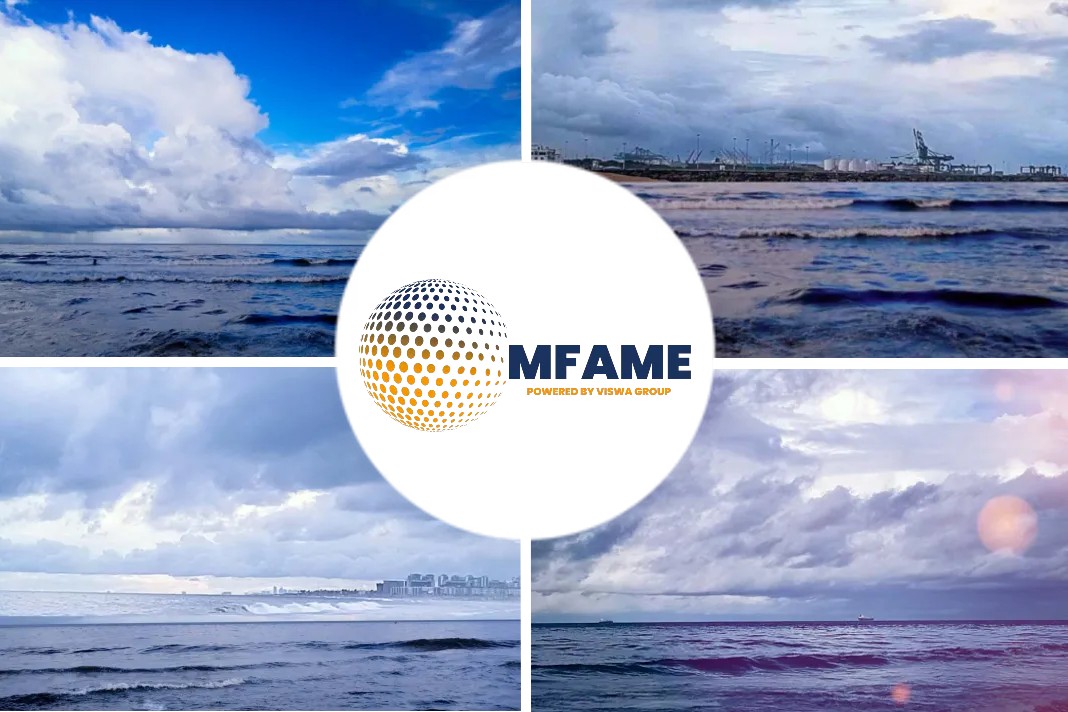Few years ago, Tom Escher began an alternative for fossil fuel free ship and was unsuccessful in his endeavours.
Hydrogen fuel cell ferry
However, his dreams have come true on July 4 when the California Air Resources Board (CARB) announced a $3 million grant to help build a hydrogen fuel cell ferry. Once the ferry is completed it will be the first of its kind in the United States, and the first commercial hydrogen fuel cell ferry in the world.
The vessel ‘Water-Go-Round’ will be capable of carrying 84 passengers and stretch 70 feet long. Construction is expected to start early this fall in Alameda, California, and the vessel is slated to hit the water by the end of 2019.
Environmental issues caused by ferries
The project undertaken in an effort by U.S to clean up their passenger ships. Ferries contribute a relatively small slice of total maritime air pollution and carbon emissions, they typically operate around densely populated areas, where emissions are known to pose the biggest health threats.
Christina Wolfe, Ferries, Environmental Defense Fund’s air quality program said, “Tug boats, and other harbor craft can be particularly dirty because they often use the same inefficient engines for decades, said, who manages the for ports. They’re old, high-horsepower, and high-usage, and that just makes a recipe for very high emissions”.
Tier 4 diesel engines
However, some local officials have been pondering over proposing straightforward solutions, like installing efficient Tier 4 diesel engines or adding onshore electricity supplies, so boats can turn off their engines while at port.
The proposed hydrogen ferry is also representative of a larger push by the global shipping industry to clean up dirty fuel-burning ships. In April, the International Maritime Organization adopted a landmark deal to reduce greenhouse gas emissions from ships, a policy that will require a massive uptake of zero-emissions vessels.
Hydrogen fuel cells
Fuel cells combine hydrogen and oxygen to produce electricity. Unlike diesel engines, they don’t emit any carbon dioxide or health-threatening pollutants — only a little heat and water vapor.
Many facilities are starting to produce “green” hydrogen with renewable electricity or biogas.
When was the idea conceived?
The idea to build Water-Go-Round came from an extensive 2016 study by Sandia National Labs. Researchers established that a high-speed passenger ferry powered by hydrogen fuel cells was feasible from a technical, regulatory, and economic perspective. Around two dozen early ship projects already deploy the technology, primarily in Europe.
Joseph Pratt, who co-authored the Sandia study, is now the CEO of Golden Gate Zero Emission Marine, one of several partners in the CARB grant project said, “We’re at the point where we’ve studied it enough, we’ve figured out how you can do it,” Pratt said from San Francisco. “Now we just have to do it”.
The plan is for Escher’s company, Red and White Fleet, to operate the vessel for the first three months — and eventually buy it to add to its fleet. Meanwhile, scientists at Sandia and CARB are expected to collect data on the ship’s operations, performance, and maintenance.
The $3 million CARB grant is part of California’s larger $20 million investment in zero-emissions off-road demonstration projects. The funding comes from revenues raised by the state’s cap-and-trade program. Water-Go-Round’s partners have committed another $2.5 million to help launch the vessel.
The planned ferry would carry onboard storage tanks with enough hydrogen to last about two days before a truck refuels them at port. Lithium-ion batteries and electric motors will round out the ship’s power system. Pratt said the goal is to use green hydrogen supplies when possible.
Expensive fuel cells
The change over to marine fuel cells face several hurdles to wider adoption. Alan Lloyd, the former secretary of California’s Environmental Protection Agency said, “The technology is still relatively expensive, and shipbuilders and maritime officials in many places may be less familiar with hydrogen than, say, batteries. If successful, a project like Water-Go-Round could nevertheless drive interest in fuel cells and hydrogen — particularly where officials or companies are seeking to curb maritime pollution”.
So let’s wait and hope for the best!
Did you subscribe for our daily newsletter?
It’s Free! Click here to Subscribe!
Source: Grist


















